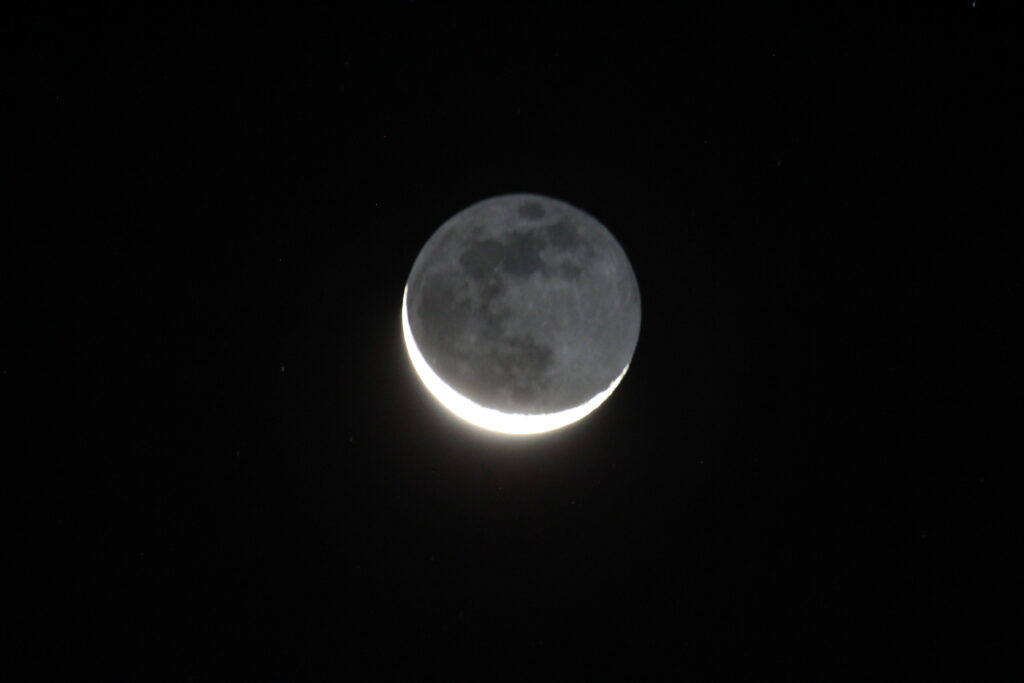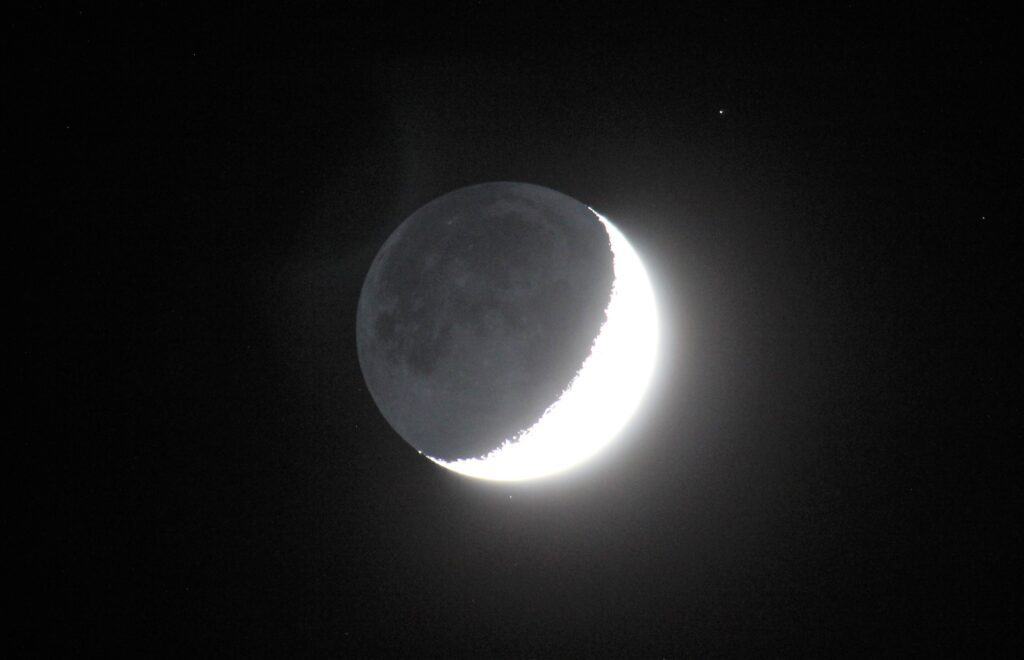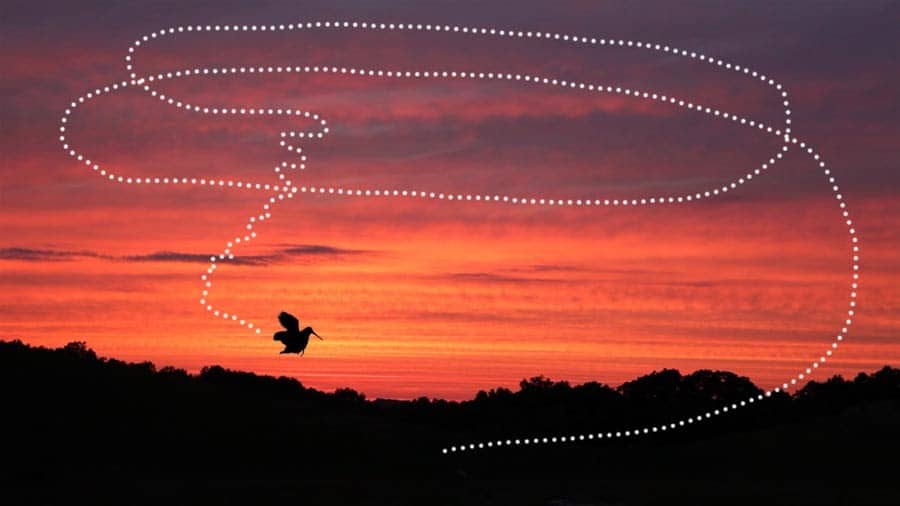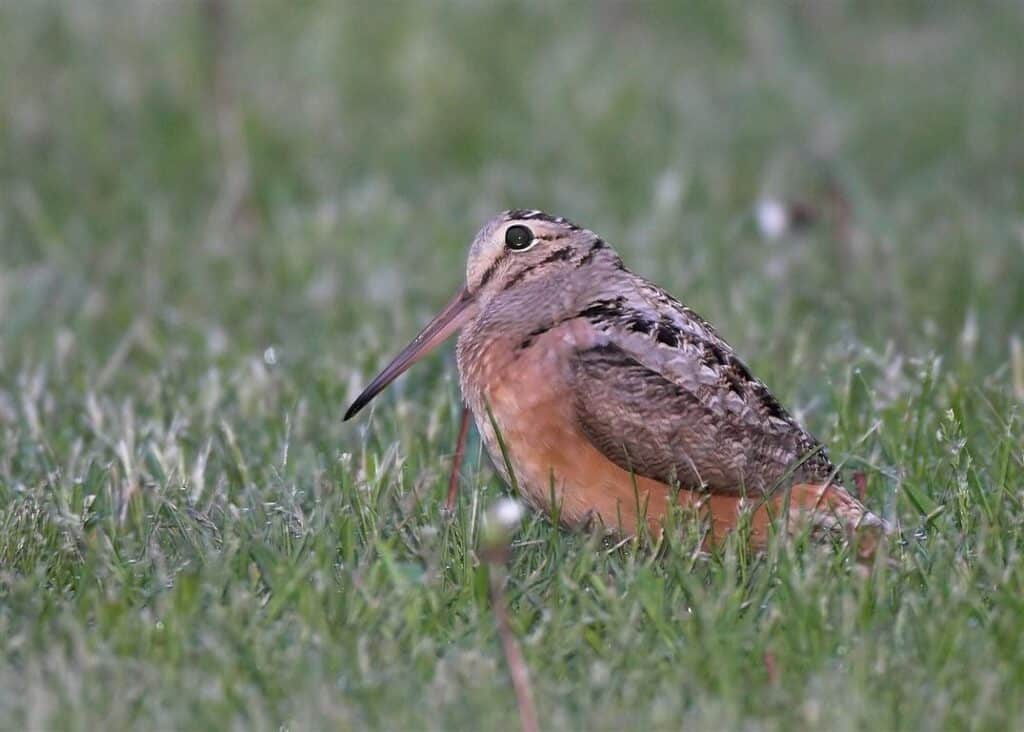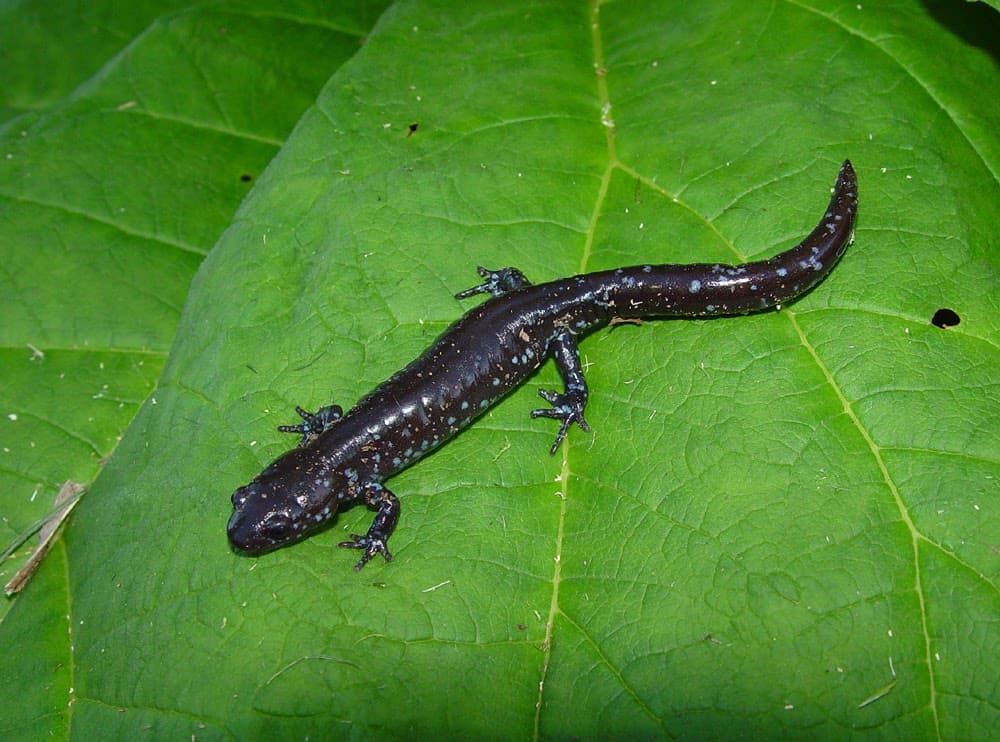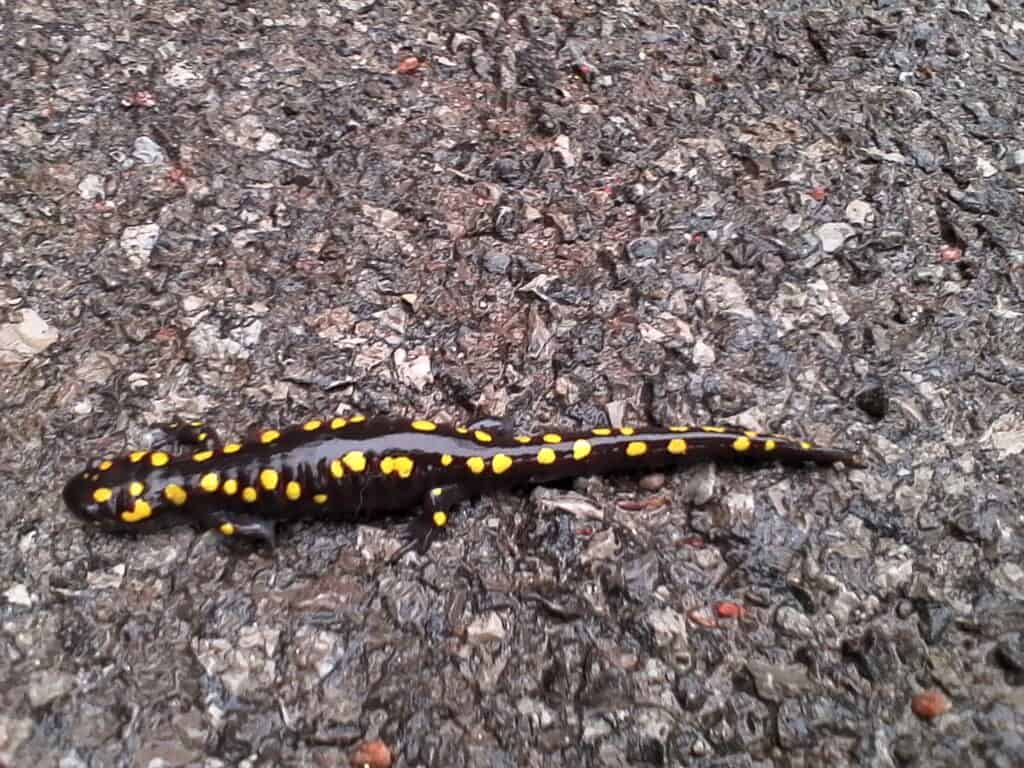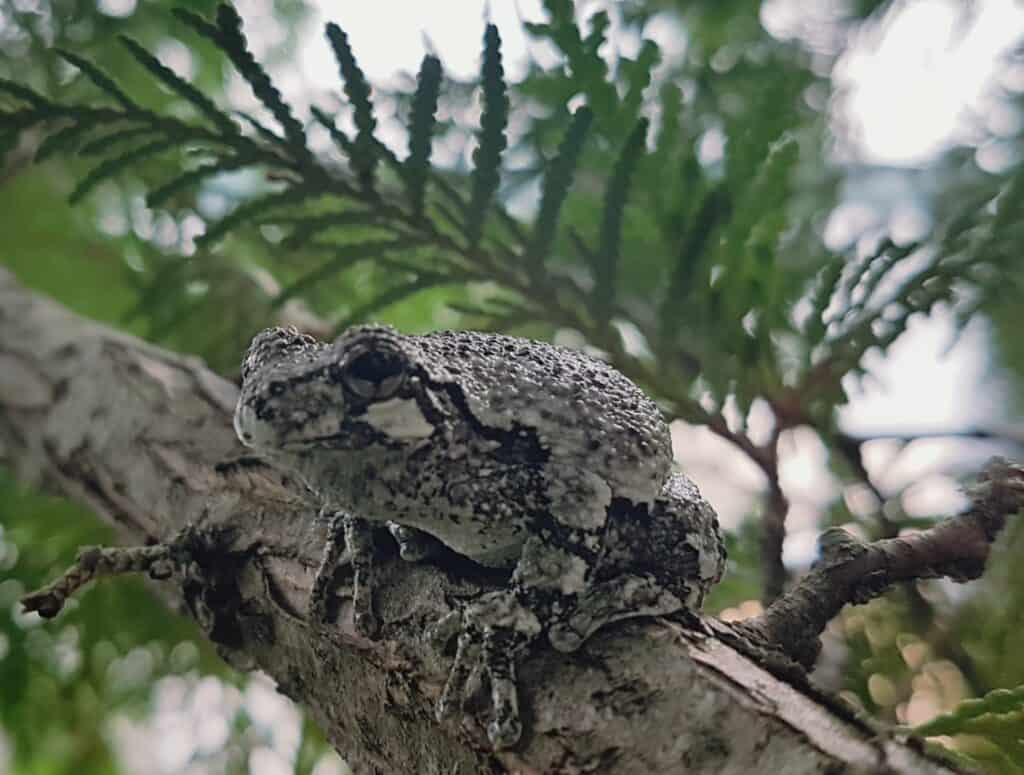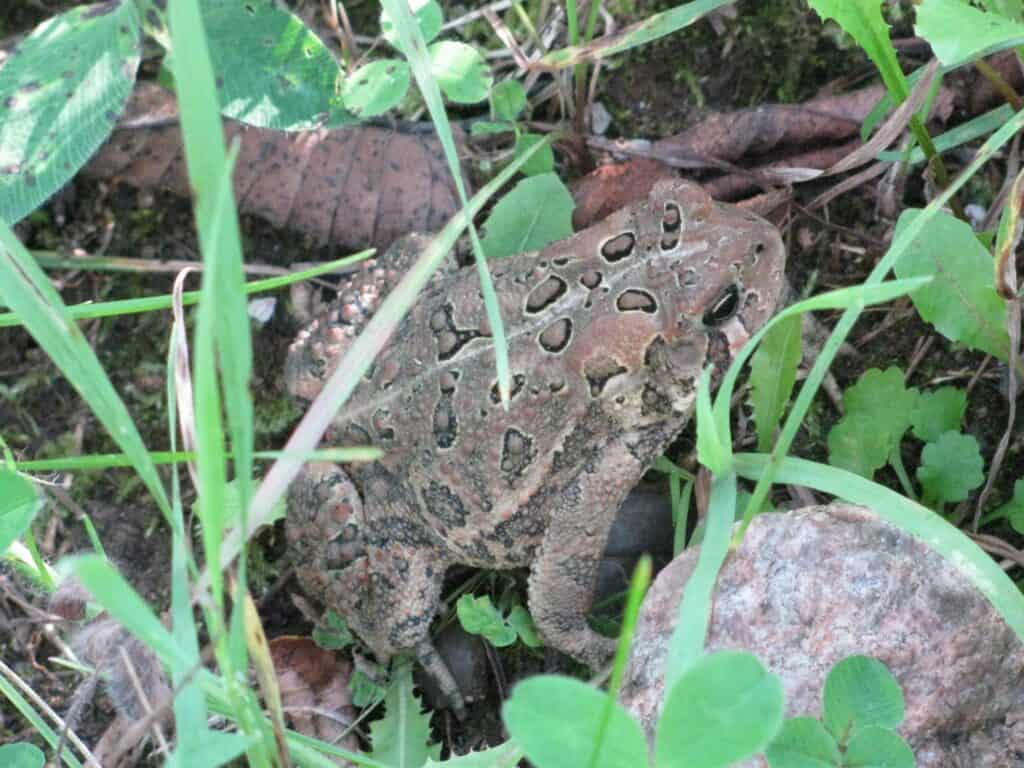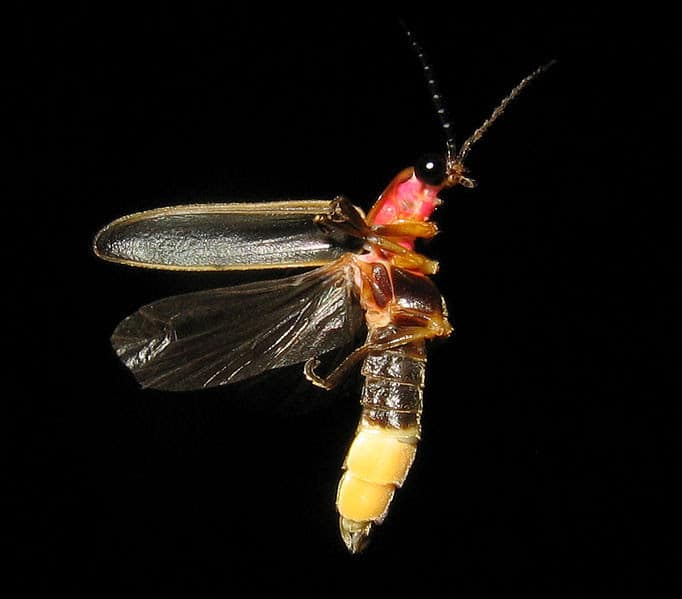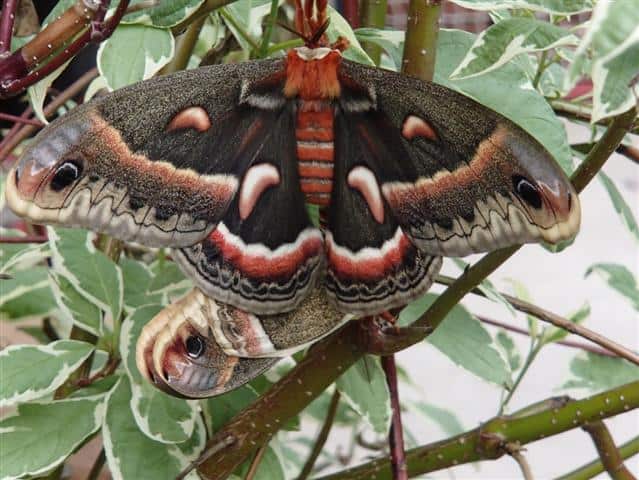(Peterborough Examiner – March 12, 2021)
“How lovely are the portals of the night, when stars come out to watch the daylight die.” Thomas Cooke
When I think of early spring, my thoughts often turn to a memorable evening at the Trent Wildlife Sanctuary. Standing with my kids in the gathering darkness, the Orion constellation was looming in the southeast, countless spring peepers were calling, and woodcock were displaying high overhead. It was no less than magical. I look forward to evening’s like this every year. Nature’s magnificent reawakening never fails to amaze.
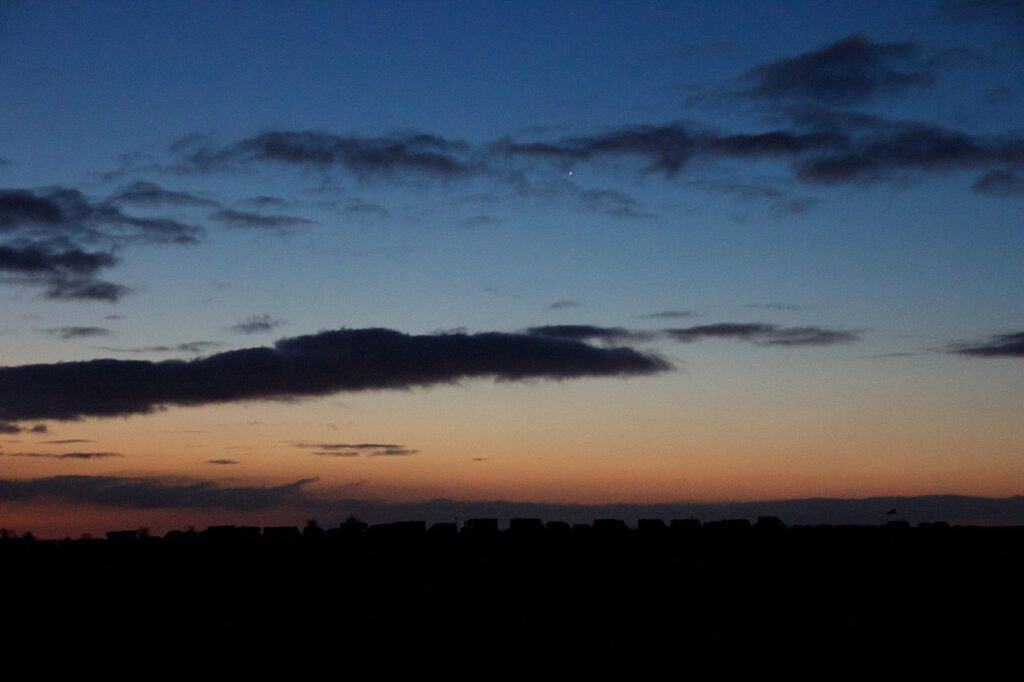
A huge part of spring’s resurgence of life can only be witnessed during the twilight hours and at night. This week, I’d like to provide a primer on what to look and listen for this spring in the hours of darkness.
March
Begin by paying attention to the beauty of the sky at dusk. Purples and mauves usually reign in the east, while reds and pinks light up the western horizon. Once darkness falls, turn your attention to the moon and the constellations. In the northern sky, look for the Big Dipper, Little Dipper, and Cassiopeia. In the southeast, try to find the “Winter Six” constellations – Orion, Canis Major, Canis Minor, Gemini, Auriga, and Taurus – and their assortment of bright stars. Although March 2021 offers little in the way of planets visible to the naked eye, May and June will be wonderful for planet-viewing. A great night sky resource can be found at https://earthsky.org/tonight
March is a great month to see a phenomenon called “earthshine”- poetically described as ‘the old Moon in the young Moon’s arms’. It happens during the waxing and waning crescent moon phases when sunlight bounces off Earth and faintly lights up the dark portion of the moon. Earthshine should be especially noticeable from March 16 to 19. Check the western sky, just after sunset.
At night and sometimes at twilight, you may hear the mournful hooting of a great horned owl, as it seems to ask, “Who’s awake? – and then answer, “Me, too.” By mid-March, as many as four owl species can be heard. Quiet roads through woodlands are prime habitat for nesting screech and great horned owls, while barred owls are more easily heard in northern Peterborough County. To hear the “too-too-too” call of the saw-whet, try the Trent Wildlife Sanctuary and Harper Park. You can hear bird calls and songs at https://www.allaboutbirds.org/news/ and on the free Merlin app.
Mammals, too, are part of the nocturnal nature extravaganza. One way to see them is to drive slowly along back roads – especially at dawn. March is also synonymous with peak “yip-howling” of coyotes – often right in Peterborough at locations like Kawartha Golf & Country Club, the Parkway Trail, and Harper Park. Listen at https://www.youtube.com/watch?v=0ga0i1FSXZQ
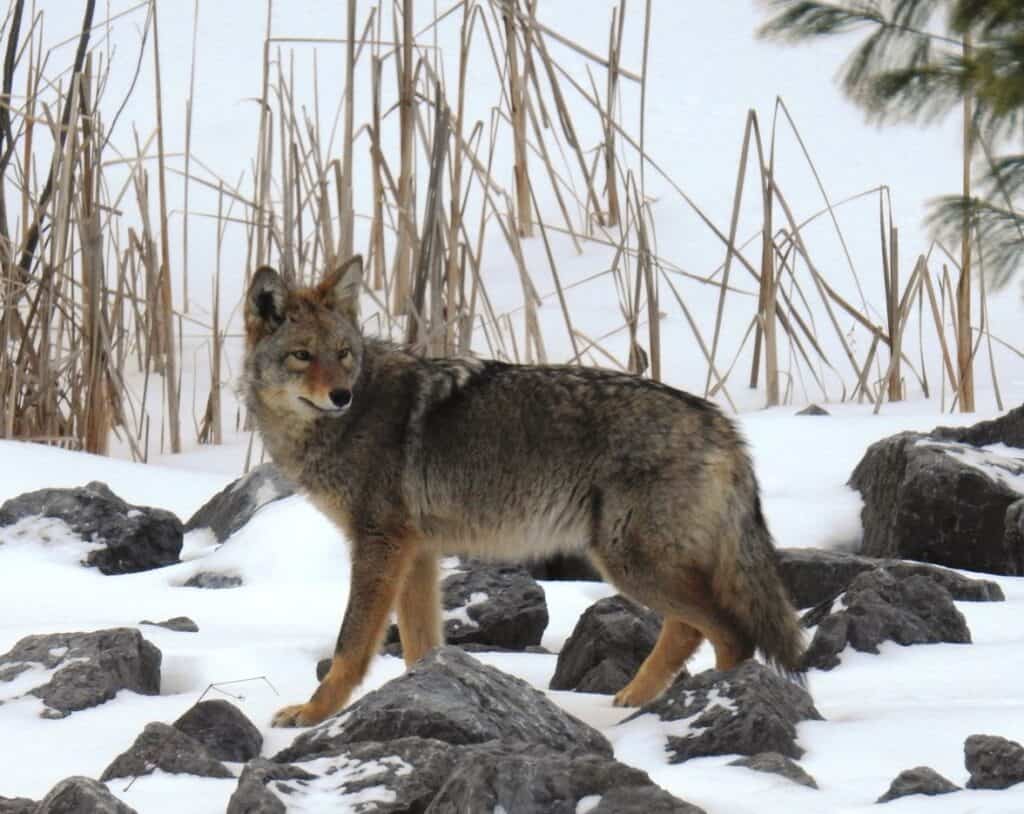
Enjoying nature at night is not just for the eyes and ears. The smell of a skunk is a time-honored sign that spring is arriving. Male skunks roll out of their dens on damp, mild evenings and go on a long prowl looking for females.
April
April is arguably the best month of the year for enjoying the nighttime world. First of all, it offers no less than 11 of the sky’s brightest stars. It’s also when the spring constellation, Leo, moves to centre stage, reigning from high in the southern sky.
The courtship flight of the American woodcock is another hallmark of April nights. Listen for the “peent” sound of the male at dusk and dawn. As darkness falls, the calls quicken until the bird suddenly bursts into the air and climbs in wide circles to about 100 metres overhead. Air rushing through the stiff wing feathers causes a twittering sound. The sound then changes to liquid, warbled notes as the woodcock makes a zig-zag descent back to its take-off point. Listen for woodcocks along Moncrief Line and at the Trent Wildlife Sanctuary.
Usually by mid-April, spring peepers, along with chorus, wood, and leopard frogs, start adding their voices to the soundscape. Calling is loudest during the first few hours after sunset. Listen for the short, loud peeps of the peeper; the duck-like chuckles of the wood frog; and the rattling, guttural snores of the leopard frog. You can hear the calls at https://www.naturewatch.ca/frogwatch/ontario/
On the first mild, rainy April nights, you may also witness another rite of spring as thousands of salamanders make their way over snow, ice, rock, gravel, and pavement to breed in their ancestral ponds. Camp Line Road just east of Birchview Road is one place to see this.
You should also add a little fish-watching to your nocturnal adventure. Walleye spawn in April below dams in fast-flowing water over rocky bottoms. Lock 19 and the pedestrian bridge in Young’s Point are locations to try. Take a strong-beamed flashlight and watch for the orangish glow of the tapetum in the walleye’s eyes when a light is shone upon them.
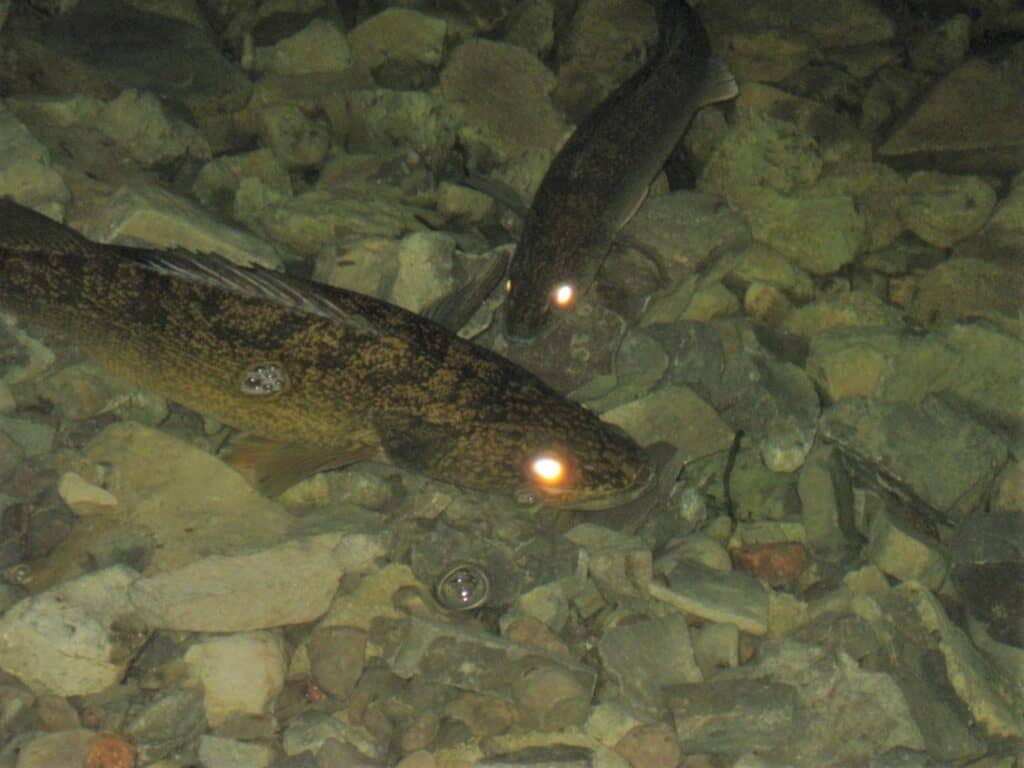
May and June
If you cast your eyes skyward in May, watch for Jupiter in the morning and Mercury and Venus adjacent to each other at dusk. They are especially close from May 24-26. In June, Venus becomes a bright evening planet, while Jupiter takes the dawn shift. The stars of the Summer Triangle – Vega, Deneb, and Altair – are also part of the show as is the Milky Way, which provides its best showing of the year in late spring through early summer.
By early May, long-distance migrants are arriving from the tropics. If you listen carefully, you can hear their faint contact calls emanating from the night sky. As for bird song, the best listening is just before sunrise during the “dawn chorus” when dozens of species advertise their presence. In the city, robins lead off the chorus, starting well before any hint of light.
Some new amphibian voices also join the cast in May. Early in the month, listen for the long, single-pitch trills of the American toad. Later in May and throughout June, gray treefrogs chime in with their bird-like trills. Both species also call during the day.
Insects, too, are part of late spring’s night pageant. If you happen by a bright, white light – especially in rural areas – you might find a light-dazzled giant silk moth like the Cecropia or Luna. Finally, late-spring nocturnal nature enjoyment wouldn’t be complete without taking in the magical flashes of fireflies over a damp meadow – a lovely “reflection of the night sky” as one poet wrote. They can be found in appropriate habitat throughout the Kawarthas such as along rail-trails.
Climate Crisis News
HOPE: After declaring a Climate Emergency in 2019, Peterborough has started reporting on its progress. It’s not much, but it’s a start. According to the report at https://bit.ly/30vDEfq, the City has applied for funding to develop a residential home energy efficiency program and to install eight dual-charging stations for electric vehicles at four City facilities. An organic waste collection program and centralized composting facility is expected to launch in fall 2023.
ALARM:
A new study from Harvard and universities in the U.K. has found that eight million people died from fossil fuel pollution in 2018, accounting for about one in five premature deaths worldwide. This is significantly more than previously thought. Co-author Eloise Marais said in a statement, “We can’t in good conscience continue to rely on fossil fuels when we know that there are such severe effects on health, and there are viable, clean alternatives.” See https://bit.ly/30HXTXD
To see a list of ways YOU can take action on addressing climate change, go to https://forourgrandchildren.ca/ and click on the ACTION button.
